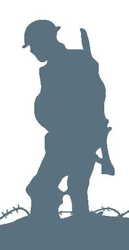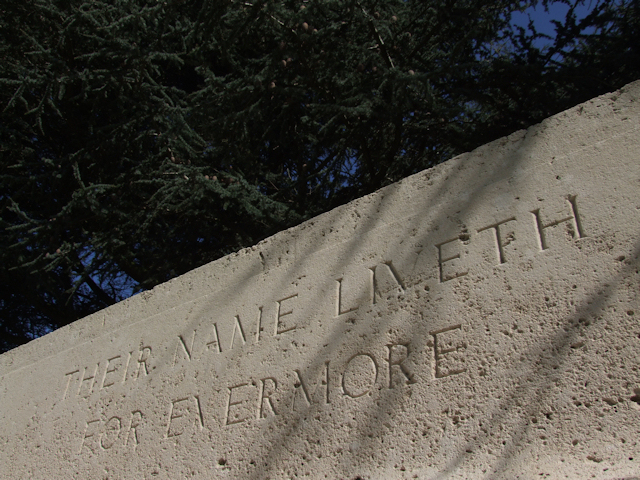Name
Thomas Stevens
Conflict
First World War
Date of Death / Age
28/01/1916
21
Rank, Service Number & Service Details
Lance Corporal
8383
East Surrey Regiment
9th Bn.
Awards: Service Medals/Honour Awards
1914 /15 Star, British War and Victory medals
Cemetery/Memorial: Name/Reference/Country
MENIN ROAD SOUTH MILITARY CEMETERY
I. A. 11.
Belgium
Headstone Inscription
NA
UK & Other Memorials
St Mary’s Church Memorial, Rushden,
Not on the Buntingford memorials,
Not on the Cottered memorials
Pre War
Thomas was born in Cottered, Herts.in 1895 (baptised 3 Nov 1895 in Rushden, Herts.) the son of Thomas Stevens, gardener & groom, and Margaret (nee Skipp).
In the 1901 census the family were living at Southern Green, at the end of the lane beyond Rushden village. Father Thomas, aged 29, a domestic gardener, had been born in Sandon in 1872 and mother, Margaret, aged 28, had been born in 1873 in Sandon and died in 1913.
The 1911 census shows the family still living at Southern Green in Daisy Cottage. Now young Thomas 15, was also a domestic gardener like his father and a Nathan John Berry, aged 27 (step brother of Thomas senior?) was living with the family. Now the birthplace of Thomas senior was said to be Redhill, Sandon on this census giving more detail.
Wartime Service
Thomas attested at Weston on 6 Sep 1914 shortly after the outbreak of war. Because his service records have miraculously survived the bombing of World War 2 though they are very burnt round the edges, we can glean a fair amount of personal details.
Thomas was 19 years old and a gardener. Medically examined on 9 Sep 1914 in Bedford. He was 5 feet 6 and 1/4 inches, with fair hair and light eyes and weighed 132lbs. He was posted as Private 8383 in the Bedfordshire Regiment but was transferred to 11 (Reserve) Battalion, East Surrey Regiment for training. Thomas was transferred to 9 Battalion East Surreys on 5 Oct 1915 on his entry to France. This would have put him in the same battalion as his friends Frederick Chapman and David Graves. Let us hope that they looked out for each other. 9 East Surreys were a component of 24 Division who were originally detailed to be Reserves at the Battle of Loos (25 – 8 Oct 1915). Thomas and his friends David Graves and Frederick Charles Chapman joined the battalion as replacements in the Ypres area of Belgium where the camp had to be cleaned up and this took some time. He was promoted to L/Cpl on 27 Nov 1915. Poor Thomas survived less than 4 months.
Summary of life in the 9th. East Surrey Regiment, Oct. 1915 – Jan. 1916 when all the time enemy action made life continuously uncomfortable and indeed hazardous:
- October 27th. The King inspected the troops.
- 28th. This was the battalion bath day and clean underclothing was issued to the force.
- 31st 2 companies were despatched to the trenches which were wet and ‘fallen in’ on the departure of the previous company and because communication trenches were in such a bad state it was difficult to get rations up to the front.
- November 3rd. The enemy was very quiet even calling across and waving bottles above the parapet.
- 8th. The men had their feet greased with anti-frostbite grease. They complained it caused soreness but said at least it kept their feet warmer. (Trenchfoot was the curse of troops’ life because of the cold, wet winter conditions and this could lead to gangrene and even amputation of lower limbs)
- 19th. They were promised a much needed month’s rest behind the lines when the days were filled with training, marches, lectures, church parades and some sporting competitions. Their billets at Tournehem were said to be good!
- December 5th. The diary states that a football matches took place with A,B and D companies taking part against Headquarters! There was a 30/- prize. A boxing ring was also erected and they had a machine gun competition with the Royal West Kent Regiment.
- 25th. Christmas Day. It was a fine day and the men played football in the morning, attended church service at noon, had a “colossal feed at 1pm of chicken, fruit and plum pudding” and had a concert in the afternoon.
- Normal training continued after that until January.
- January 7th. Troops were moved to the trenches north of the Menin Road between Ypres and Hooge . Enemy activity in the next week resulted in casualties.
- 14th. They moved back to camp near Poperinge until 26th. then back to the same trenches until February 7th.
Additional Information
War Gratuity of £5 10s and arrears of £5 13s 4d was paid to his Father.
Acknowledgments
Neil Cooper
Malcolm Lennox, Jean Handley



